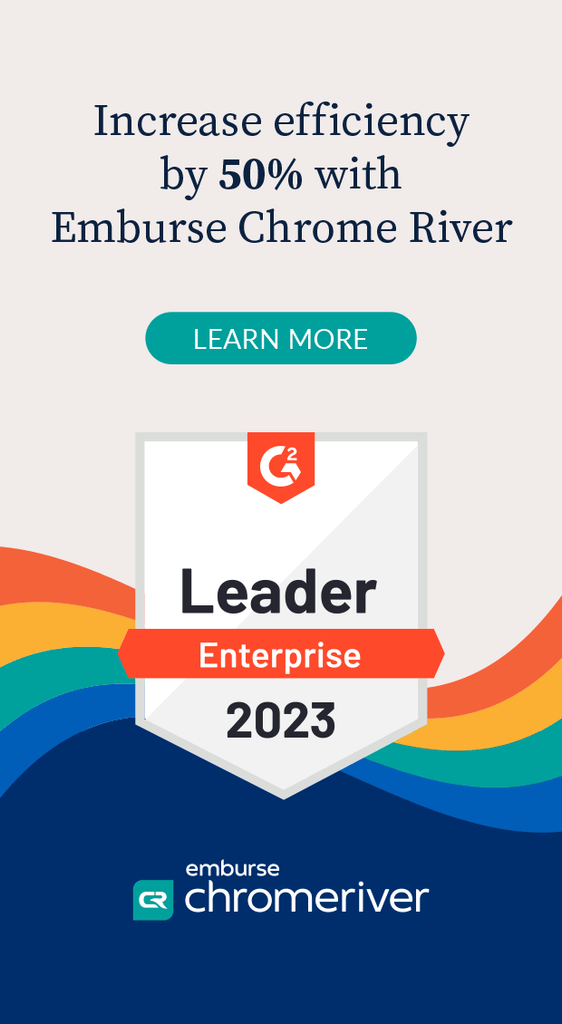
The Four Legal Sales Strategies
Most professionals use a generic sales approach for every sales situation. The sales strategy can generally be described as one in which you position yourself as the ‘best choice’ legal advisor. That sales approach assumes that legal services buyers are ready to buy once they recognize they have a legal issue or that they are always on the lookout for legal talent. However, prospective clients are not always ready to buy nor usually interested in switching providers. Some are still studying the issues. Some have already addressed their problems. Many are happy with their existing providers. And some are unaware of the opportunities you can help them seize.
Knowing this, the ‘best choice’ provider pitch may not be the optimal sales strategy. It's better to adjust to where the prospect is in their buying decision process - whether that means they are looking for providers, they are studying the situation, they already have counsel, or they have decided not to address the issue.

The model above helps describe a process for identifying the best sales strategy to use for the four most common selling situations. The three questions next to the sales strategy model can help you identify where the buyer is in their buying decision process and whether or not they have someone helping them with their problem. These questions can be asked about any legal issue, problem, or opportunity, and will help you determine the most appropriate sales approach. There are four selling situations and four sales approaches.
The first selling situation is the ‘recognized need, no provider in place’ selling situation. In this situation, the company acknowledges that they have the problem but they have not chosen a lawyer yet to solve it. I call this the ‘open to pitches’ selling situation. The sales strategy for this situation is a ‘competitive positioning’ sales strategy. The objective of the approach is to identify the prospect’s selection criteria, goals, values, and priorities. Once these are known, you will know how to position yourself as the best choice. This is the most common sales approach and is often used despite whether or not the company has recognized a legal need and often regardless of whether they have existing counsel.
The second selling situation is the ‘unrecognized legal issue, no provider’ selling situation. This is the situation in which the prospective client does not know about the problem and therefore has not addressed it. I call this the ‘open to learning’ sales situation. The sales strategy for this situation is an ‘education’ sales strategy. This approach focuses on educating the prospect on the risks and implications associated with the problem or issue. Once the risks and implications are understood, your objective is to understand how the company’s priorities may have changed with this new understanding.
The third selling situation is the ‘recognized need with a provider in place’ selling situation. I call this the ‘incumbent provider’ selling situation and it is very common, though an often-overlooked selling situation. This is the situation in which the prospective client already has a lawyer or firm handling these matters for them. The only way to get this work is for the prospect to recognize a deficiency in the quality or value of the incumbent provider’s work or service delivery. I call this strategy a ‘displacement’ sales strategy. The objective of this approach is to encourage the prospect to evaluate the current provider’s delivered value (or lack thereof). In the book, I describe special types of questions to ask that can initiate an evaluation by the prospect. Identifying areas of the incumbent’s work quality or service delivery will help you formulate a sales approach to address those deficits as a basis for additional sales discussions.
And lastly, the fourth selling situation is the ‘recognized issue but not addressed’ selling situation. This is the case in which a prospective client recognizes that it has the problem but chooses not to address it, at least for the time being. I call this a ‘blocked’ selling situation that requires a ‘discovery’ sales strategy. The objective of the questioning is to understand what happened in the decision process that led to the decision not to address the problem. Using the DRASTIC analysis framework (described in the book), you can determine why the company choose not to address the issue. In some situations, that knowledge will help you identify a sales strategy that can move the decision toward a signed engagement.
As you can see, the best sales approach takes into account where the buyer is in their buying decision process and whether they have a provider available to them. A description of each sales approach with the accompanying sales techniques is in Chapter 11 of Power Grids. How Successful Lawyers Build Powerful Networks That Drive Reputations, Relationships, Referrals, and Revenues. Available on Amazon.
About the Author

The former chief marketing officer of several large law firms, Eric Dewey is a business development coach for lawyers who has been helping lawyers and other professional service providers win new business for more than 25 years. His approach is practical, client-centric and practice-specific, using tools and techniques developed over years of coaching lawyers from every imaginable practice area through a host of challenging situations. He is author of the book, Power Grids. How Successful Lawyers Build Powerful Networks That Drive Reputations, Relationships, Referrals, and Revenues. His 200+ business development and practice management courses are featured on www.elegaltraining.com.
He can be reached by email at Eric@eLegalTraining.com.
Also read top viewed Ai Legal article: The Role of AI in Legal Research.





